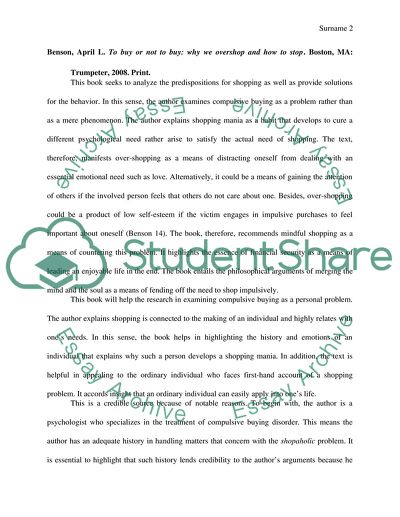Cite this document
(Confession of an Online Shopaholic Research Paper, n.d.)
Confession of an Online Shopaholic Research Paper. Retrieved from https://studentshare.org/social-science/1657673-eip-assignment-shopaholic
Confession of an Online Shopaholic Research Paper. Retrieved from https://studentshare.org/social-science/1657673-eip-assignment-shopaholic
(Confession of an Online Shopaholic Research Paper)
Confession of an Online Shopaholic Research Paper. https://studentshare.org/social-science/1657673-eip-assignment-shopaholic.
Confession of an Online Shopaholic Research Paper. https://studentshare.org/social-science/1657673-eip-assignment-shopaholic.
“Confession of an Online Shopaholic Research Paper”, n.d. https://studentshare.org/social-science/1657673-eip-assignment-shopaholic.


